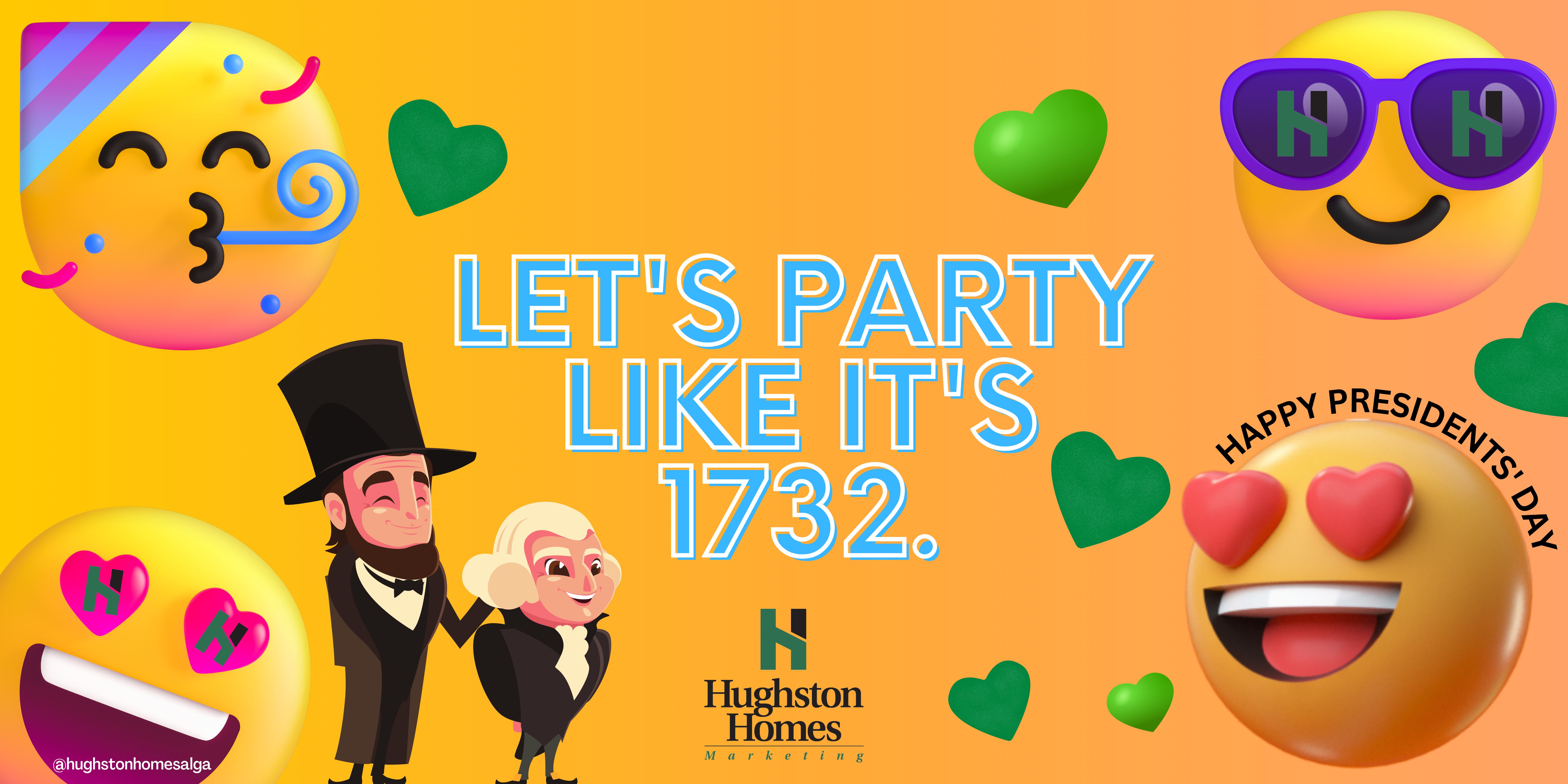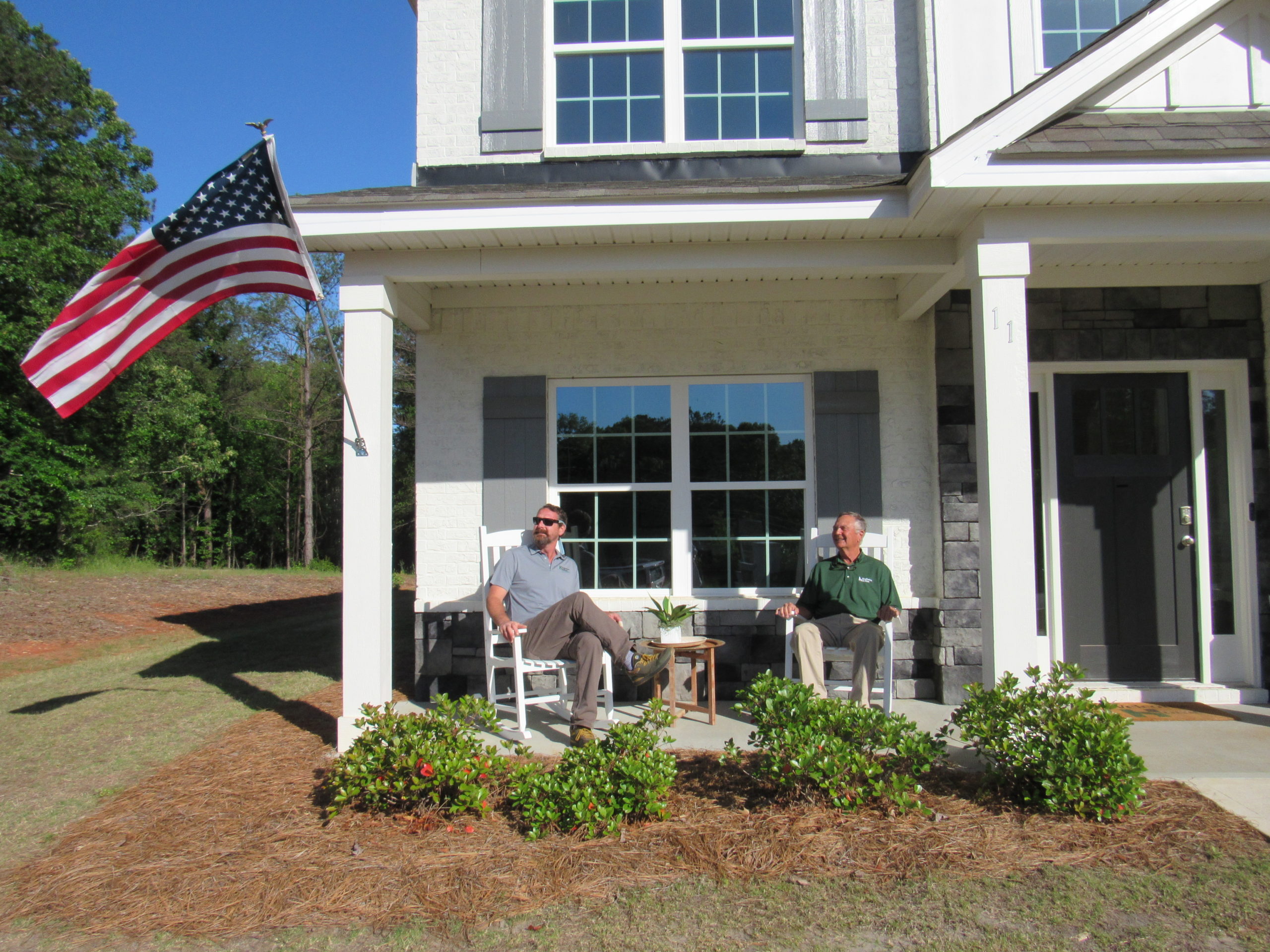
Happy Presidents’ Day 2023, also known as the day to celebrate George Washington’s Birthday!
The housing market is a powerful driver of the economy, and it’s influenced by many factors—from construction costs to interest rates on mortgages. It affects supply and demand, how much you pay for your home, how much you can sell your home for when it’s that time how much money you have to spend on repairs, how many people can afford to buy a home and/or their purchasing power when it comes to how MUCH home they can afford.
Past presidents have all had some type of effect on the housing market, some more than others. As part of our celebration today, we shared some fun facts about past presidents and their ideas about housing and see how they’ve changed things for both homeowners and renters alike.
George Washington was president during a time when there were no established guidelines for housing construction or design. The country was still forming its identity as an independent nation, and it was experiencing rapid growth as settlers moved westward into new territories. President Washington’s policies encouraged economic growth in these areas by allowing them to keep their land when they signed up for military service during the Revolutionary War. This policy helped encourage settlement in new regions that would eventually become states like Kentucky and Tennessee.
Washington inherited his father’s farmhouse that he eventually expanded to a five-farm estate called Mount Vernon, where at one time he had over 300 slaves who he eventually freed. He believed that everyone should own their own home that was close to their work and shops, so he started building towns near cities like Philadelphia and New York City. This ultimately led to the growth of suburbs outside of cities like Boston, Chicago and San Francisco.
Before the Great Depression, there was a national housing shortage that was caused by a lack of building materials, as well as an oversupply of workers. This meant that many people were unable to find houses or apartments to rent or buy.
During World War II, President Franklin Delano Roosevelt created a program called the Homeowners’ Loan Corporation (HOLC) which lent money to people who wanted to buy homes but didn’t have enough money for down payments and closing costs. HOLC also allowed people to refinance their mortgages so they could pay off more of their debt more quickly. This helped stabilize housing prices during the Great Depression and ensured that people could continue to afford their homes throughout the war effort.
“Every person who invests in well-selected real estate in a growing section of a prosperous community adopts the surest and safest method of becoming independent, for real estate is the basis of wealth.” – Theodore Roosevelt
President Lyndon B Johnson also made changes during this time period, including establishing HUD (Housing and Urban Development), which helps low-income families find affordable housing options while providing loans for low-income families who cannot afford an entire down payment on their own.
In contrast with these two presidents, Ronald Reagan cut funding for HUD during his administration because he believed that private companies should provide housing without assistance from government agencies like HUD or Fannie Mae (Federal National Mortgage Association).
There is no greater happiness for a man than approaching a door at the end of a day knowing someone on the other side of that door is waiting for the sound of his footsteps. – Ronald Reagan
President Lincoln signed the Homestead Act into law in 1862 which gave land grants to settlers in western states and territories. This led to an influx of new settlers in these areas and helped boost population growth in America by over 30%!
In 1875 President Grant signed legislation creating Yellowstone as America’s first national park. This led to a direct increase in tourism and tourism-related jobs throughout the country as people flocked there to see what all the fuss was about.
Thomas Jefferson believed strongly in equality, and he wanted everyone who lived in America to be able to live well. His presidency saw the creation of several successful programs designed to help poor people own their homes at affordable prices, which were paid for with government money and built by private contractors who were paid per unit completed. He liked classical architecture because he thought it was “the most simple and rational” and made it easy for guests to navigate so they could find their way around easily without getting lost in all those rooms! He owned several homes; his most famous being Monticello, which is located in Charlottesville, VA. Monticello has been designated as a UNESCO World Heritage Site and has been named on the National Register of Historic Places. Jefferson also purchased another home known as Poplar Forest, which is located near Lynchburg, VA and was designed by Robert Mills (who also designed the Washington Monument).
After World War II ended in 1945, President Harry S Truman created another program called Veterans’ Readjustment Benefits (VRB) which was similar to HOLC but focused on veterans returning from overseas military service who were having trouble buying or selling homes because they had moved around so much during the war years.
In 1961, President John F Kennedy worked with Congress and signed into law an act known as the Federal Housing Act which provided loans at below market rates with no down payment required by borrowers who qualified. This created more opportunities for homeownership among low-income families through new loans from banks and other financial institutions that would help them buy homes in urban areas where prices were still relatively low but climbing quickly as demand increased over time due to immigration from Europe during World War II.
President Richard Nixon created a program called Urban Renewal which demolished old buildings in poor neighborhoods so developers could build new ones instead – without having to worry about any existing structures at all!
To conclude, Presidents’ Day is a great opportunity to reflect on how different political policies can affect your personal housing situation as well as the economy overall. Knowledge is power!

